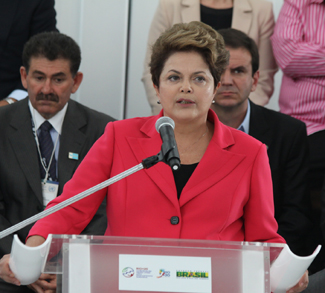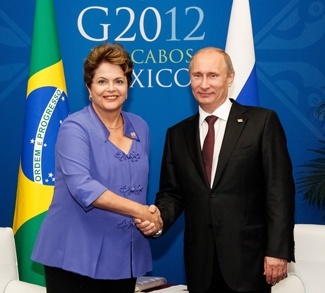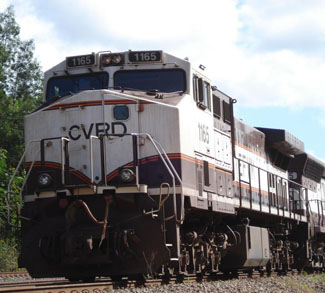Background
Economic growth in Brazil has consistently disappointed since the global financial crisis. In the years from 2002-2008, growth averaged 3.5% – high enough to put Brazil in the BRIC conversation of the next world economic order. Since then growth has bottomed out to average 1.2% from 2011-2014. Many economists are expecting the economy to contract by at least 1% in 2015.
The Brazilian success story under former president Lula Da Silva has now become a cautionary tale under his successor Dilma Rousseff.
Growth is taking a hit from both macro and microeconomic factors. One major impact is flagging commodity prices due to decreased demand from countries like China, the United States, and Germany. Most of Brazil’s major exports, such as iron ore, oil, soybeans, and sugar, are primary commodities. Thus a global economic downturn can be devastating for the Brazilian economy.
And devastating it is – much like in other primary exporting countries like Canada and Australia, Brazil’s currency nose-dived to hit a ten-year low back in February 2015. A weaker currency has put upward pressure on inflation rates. The current consensus 2015 forecast for inflation is around 9%, far higher than the government’s 4.5% target and the central bank’s own 6.5% upper limit.
Interest rates are already high, reaching 13.75% after the latest half-percentage point increase in early June.




